What was the CGIAR Research Program on Wheat (WHEAT)?
An international research collaboration to foster a sustainable, food-secure future, focusing on one of the world's most important staple crops: wheat.
WHEAT IN THE WORLD
From 2012-2022, WHEAT research led to the development and deployment of more than
951
wheat varieties in
60
countries
Maps show the combined contributions from the International Maize and Wheat Improvement Center (CIMMYT), the International Center for Agricultural Research in the Dry Areas (ICARDA) and International Winter Wheat Improvement Program (IWWIP).
Click on each one for more details.
Click on each one for more details.
Our impact

Our global community
What we have done
Looking for WHEAT-related materials? Find links to repositories, tools and documents here.
What comes next?
The efforts to improve wheat will continue through the CGIAR initiatives portfolio.
